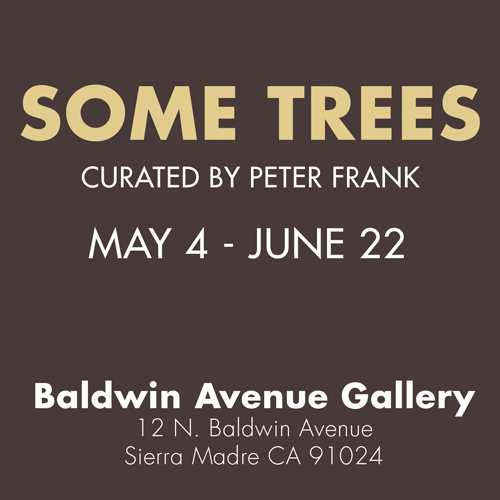In early 1972, the Rolling Stones headed out on tour after the No. 1 worldwide release of their 12th album, Exile on Main Street. Also known as the “Stones Touring Party,” the raucous, star-studded and drug-fueled tour featured 48 shows in the US and Canada. The California shows specifically were photographed by Jim Marshall for LIFE magazine. The GRAMMY Museum here in LA showcases his intimate backstage photographs and dynamic performance stills in the exhibition “The Rolling Stones 1972: Photographs by Jim Marshall.”
The photographer knew what to expect, having shot Jimi Hendrix onstage at the Monterey Pop Festival and Thelonius Monk at home with his family. Marshall also knew what was expected of him: at their request he had photographed Keith Richards and Mick Jagger working at Sunset Sound in Los Angeles. According to Richards, his presence on tour was no problem: “Once Jim was in, he was another Stone.” Even so, there would be competition, as other photographers on the tour included Annie Leibovitz, Ethan Russell and Ken Regan. But he had an advantage: “Jim had a reputation,” says Amelia Davis, Marshall’s longtime assistant and owner of the Jim Marshall Estate. “He did a shitload of cocaine, but he was able to walk that line with the Stones.” His unorthodox method was ultimately vindicated when the editors at LIFE chose his photo of Jagger for the cover.

Photo Courtesy of The Estate of Jim Marshall and the GRAMMY Museum.
Marshall shot four shows at Winterland in San Francisco, then performances in Los Angeles and San Diego. Having full access with The Stones on their private jet, “He caught us with our trousers down,” says Richards. From photographing the concerts, Marshall understood that The Stones together onstage were a single entity, but offstage and beyond the bohemian decadence, they were five individual people. When Marshall managed to shoot each one of The Stones alone, the results were as revealing as portraiture. In his monograph Trust, Marshall explains, “Whenever anyone asks me how I got the photographs I did, why I was often the only photographer present or got such unique access I simply reply, ‘Trust.’ Without trust between the subject and myself I couldn’t work the way I did.”
“Jim’s masterful eye and unlimited access captured the Stones in the iconic rock-star way we now visualize the band,” says the GRAMMY Museum’s associate curator Kelsey Goelz, who wisely included the contact sheets from which Marshall chose his best captures. Though every photograph at the GRAMMY show excels, it is these contact sheets that evidence Marshall’s skill: all the framing is done in-camera and even the images not chosen are classic. In the book Show me the Picture, Marshall says, “I’m like a reporter; I react to my subject in their environment, and, if it’s going well, I get so immersed in it that I become one with the camera.” Sounds like he got his “Rocks Off.”





















0 Comments